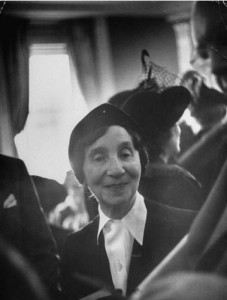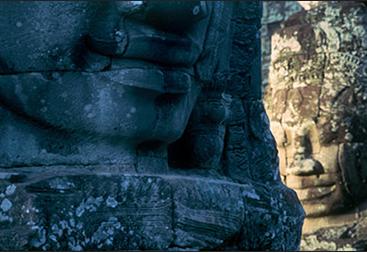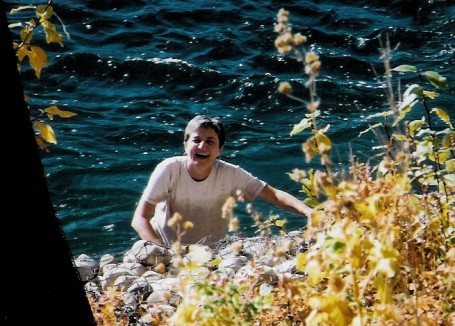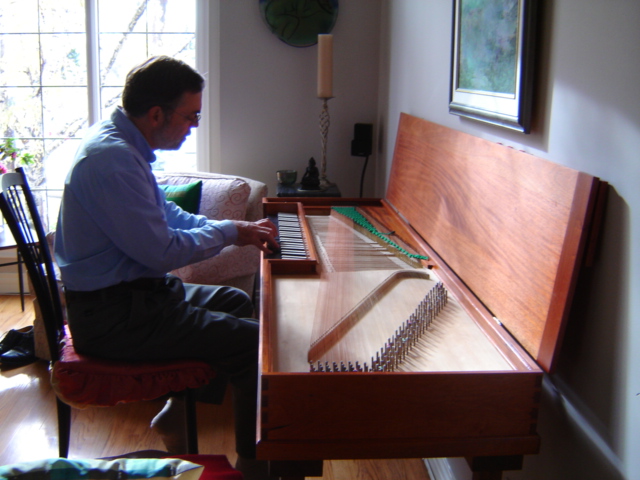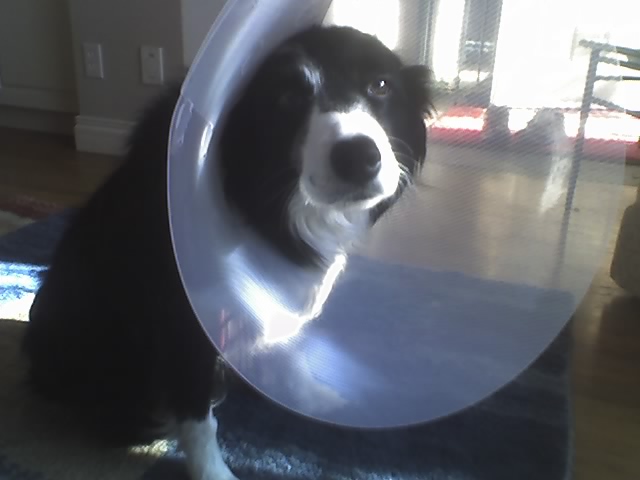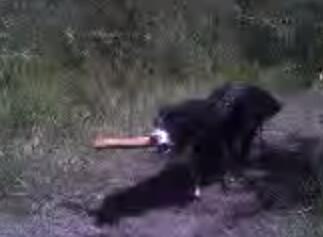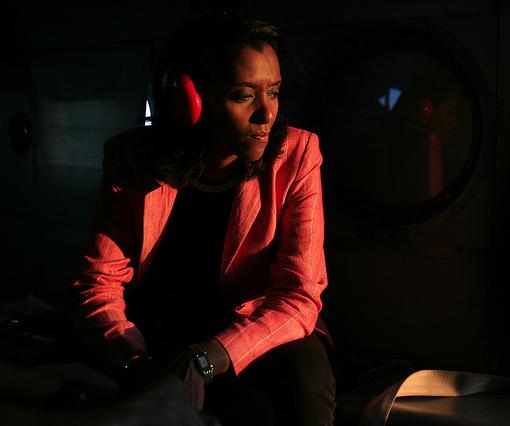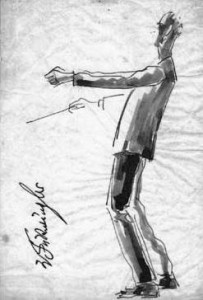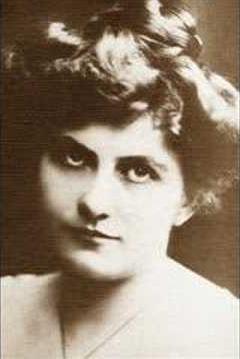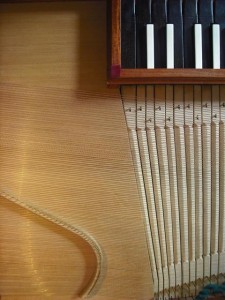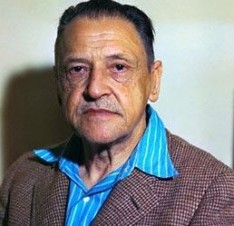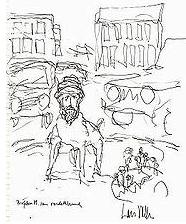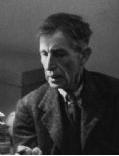Wanda Landowska’s 80th anniversary
of her recording of the Goldberg Variations
Landowska’s first recording of Bach’s Goldberg Variations, which was not only the first recorded on a harpsichord but the very first recording of the piece ever made, is variously listed as made in 1931, 1933 and 1935; I’m going with the earlier date. I first listened to it on an LP about 1980. It made an indelible impression. She was trained in the classical and romantic repertory, and I’ve read that she played Chopin on the piano all her life, but clearly her heart–or at least a significant part of her heart–was with Bach. She was also a serious musicologist and researcher with the interest and the languages and the cultural background to do original research, and the luck to be active at a time when you could still collect original manuscripts and instruments–before the the looting of Leipzig, the fire bombing of Bremen and the destruction of Berlin and much of western Europe.
Many reviewers describe her Bach as romantic, at least one as Gothic.  For me, her Bach lives. There is something amateurish about many of the ‘informed’, ‘historical’, performances of the past forty years. They sound like an academic’s attempt to recreate something long dead. They are marked by a musical version of textual criticism, a scholarly activity well-suited to the Bible and the Koran and other literary texts, but ill-suited to musical performance practice. An Urtext is the starting point, not the end point of a performance. Landowska’s performances on the other hand have real blood flowing in them: the red blood of an informed, authentic, performance artist.
For me, her Bach lives. There is something amateurish about many of the ‘informed’, ‘historical’, performances of the past forty years. They sound like an academic’s attempt to recreate something long dead. They are marked by a musical version of textual criticism, a scholarly activity well-suited to the Bible and the Koran and other literary texts, but ill-suited to musical performance practice. An Urtext is the starting point, not the end point of a performance. Landowska’s performances on the other hand have real blood flowing in them: the red blood of an informed, authentic, performance artist.
It is true that the recorded sound of her ‘revival’ Pleyel harpsichord is surprising to the modern ear. But then, so is the sound of an authentically constructed modern clavichord. Most musical sounds from the past sound strange at first to us today; we have to learn them anew, as we learn a foreign language. (This is true even of ‘contemporary’ music: try to keep from cringing upon first hearing Ginger Rogers sing ‘In the Money’, in ‘Gold Diggers of 1933′.) And, strangely, the latest scholarship is catching up with Landowska: her instrument’s 16 foot register, so denigrated as ‘unauthentic’ for four decades, is now admitted to have been more common in the 18th century than previously thought, and in fact to have been used by Bach; it is now being provided to new, large harpsichords.
How, financially, was the Goldberg even recorded on Landowska’s Pleyel harpsichord, in Paris, at the height of the worldwide depression in 1931? It’s an interesting story. The record companies were suffering like everyone else. Walter Legge, at HMV, came up with the idea of collecting subscriptions for important recordings, and then actually making them once the amount collected made the project feasible and profitable for the company. His idea was a success, and many of the records made endure as classics today.
Below is the first recording ever made of the 25th variation of Bach’s Goldberg Variations.
Audio clip: Adobe Flash Player (version 9 or above) is required to play this audio clip. Download the latest version here. You also need to have JavaScript enabled in your browser.
